How Breaks at Work Can Skyrocket Productivity and Reduce Stress
Breaks at work are a small yet powerful lever to enhance productivity and keep stress at bay.
In the modern work landscape where the hustle culture often glorifies continuous work, understanding the science and the art of taking breaks can be extremely beneficial for companies.
This post will unravel the underlying principles of work breaks, their range of benefits, and how to strategically incorporate them into your daily routine.
All of this will help to foster a healthier, happier and more productive workforce.
Contents
The Science Behind Breaks at Work
The Benefits of Breaks at Work
Different Types of Breaks at Work
The Optimal Frequency and Duration of Breaks at Work
How to Implement Effective Break Strategies in Your Workspace
The Science Behind Breaks at Work
Taking breaks during work hours is more than just a time to relax. It’s an essential part of maintaining high levels of productivity and reducing stress. Here’s how:
Cognitive Refreshment
Our brains have a limited amount of cognitive resources.
When we expend these resources, our performance can suffer.
Taking breaks can help replenish these cognitive resources, improving attention, creativity, and decision-making.
Physical Rejuvenation
Continuous work can lead to physical discomfort and health issues over time.
Breaks allow individuals to stretch, move around, and change their posture, reducing the risks associated with prolonged sitting or standing.

Psychological Wellbeing
Work can be stressful, especially during busy or challenging periods.
Breaks provide an opportunity to reduce stress, manage emotions, and return to work with a more positive outlook.
Improved Productivity and Performance
Several studies suggest that taking regular breaks can actually improve productivity and performance.
Breaks can help avoid decision fatigue, keep a fresh perspective, and maintain a high level of performance throughout the workday.
Enhanced Learning and Memory
Breaks can also improve learning and memory retention.
By stepping away from a task, individuals give their brains a chance to consolidate information and make connections between ideas.
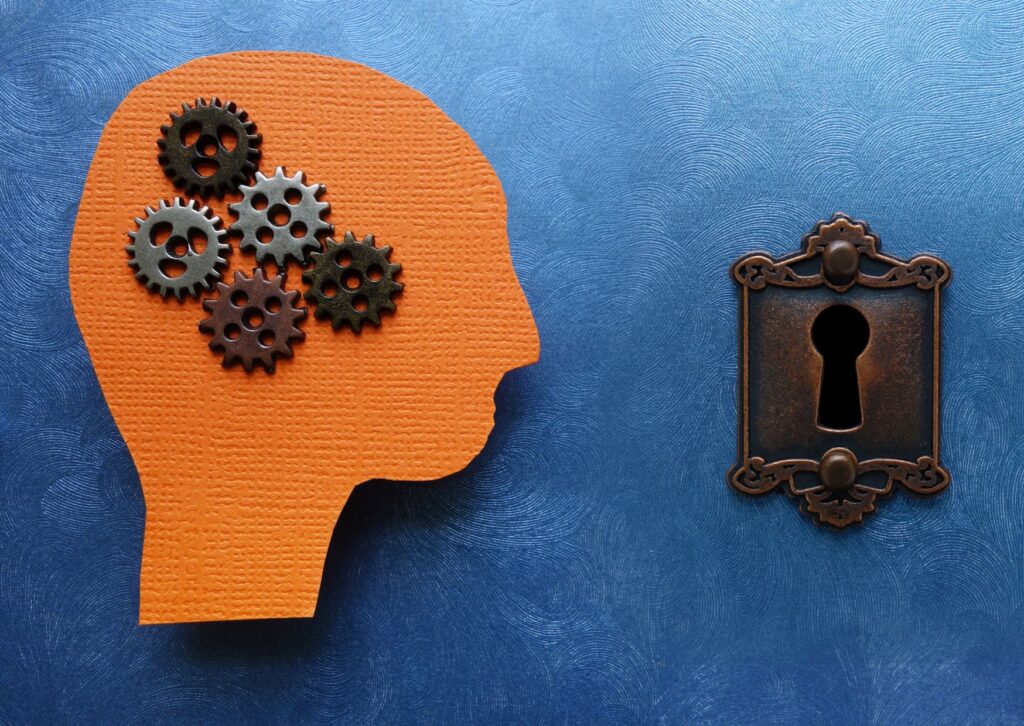
The Benefits of Breaks at Work
Breaks at work are more than just a period of downtime.
They are crucial for maintaining a healthy work-life balance, boosting productivity, and promoting employee mental wellness.
Here are some key benefits of taking regular breaks at work:
Enhanced Productivity
Regular breaks can rejuvenate the mind, replenishing mental resources to tackle tasks with renewed vigor.
When you return to your work after a break, you’re more likely to tackle tasks with a fresh perspective and increased energy.
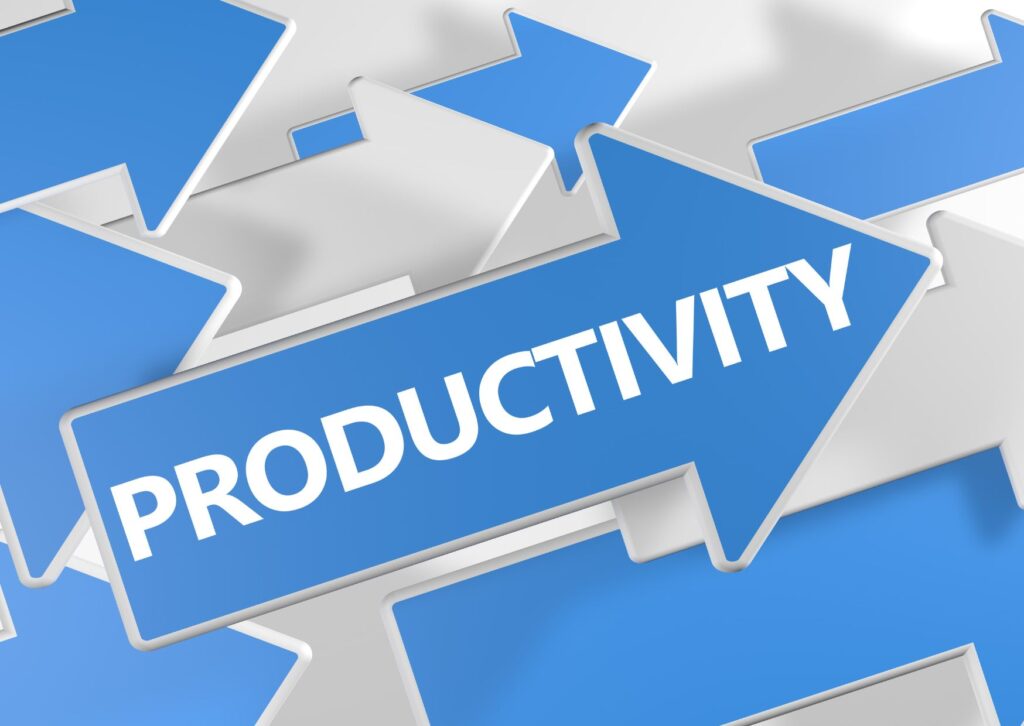
Reduced Stress
Work can become overwhelming, leading to heightened stress levels.
Taking short breaks can provide a necessary mental reprieve, helping to manage stress and promote overall wellbeing.
Improved Mental Health
Continuous work without breaks can lead to burnout and mental fatigue.
Breaks provide an opportunity to relax, reflect, and recharge, which is essential for maintaining good mental health.
Enhanced Creativity and Problem-Solving Skills
Stepping away from a task can stimulate creative thinking and improve problem-solving skills.
It provides an opportunity for the mind to rest, allowing for fresh ideas to surface.
Better Physical Health
Sitting or standing for extended periods can lead to physical discomfort or health issues.
Regular breaks encourage movement, helping to reduce the risk of issues such as back pain, eye strain, and repetitive strain injuries.
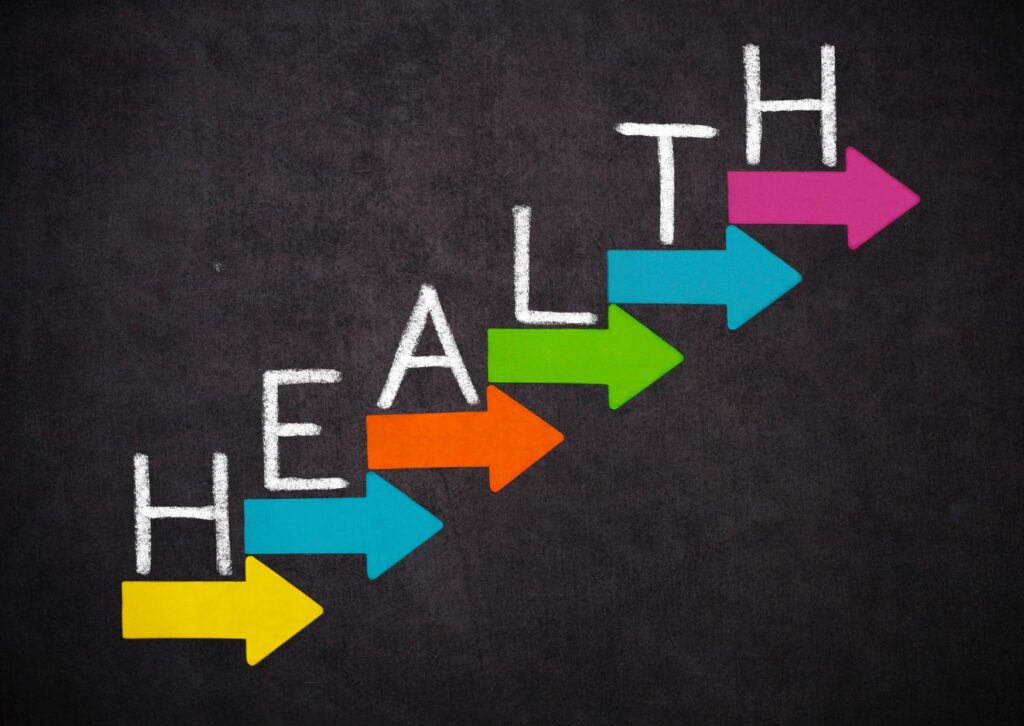
Improved Learning and Memory
Breaks can also improve learning and memory retention.
By stepping away from a task, you give your brain a chance to consolidate information and make connections between ideas.
Enhanced Job Satisfaction
Employees who take regular breaks generally report higher job satisfaction.
Breaks can foster a more positive work environment, promoting better relationships among colleagues and a positive work culture.
Prevention of Decision Fatigue
Decision fatigue occurs when the quality of the decisions we make deteriorates after a long session of decision-making.
Breaks can help reset the mind, preventing decision fatigue and maintaining high-level decision-making skills throughout the day.
Incorporating regular breaks into the workday can lead to a host of benefits that promote a healthier, more productive, and more enjoyable work environment.
By understanding and valuing the importance of breaks, both employers and employees can work together to create a more supportive and effective workplace.
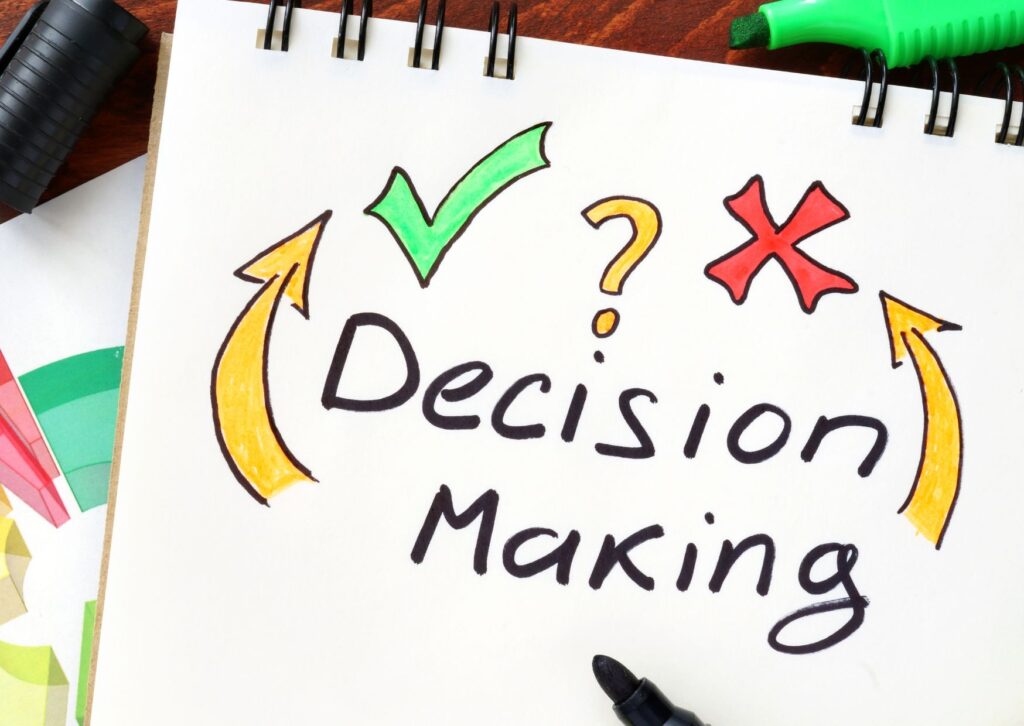
Different Types of Breaks at Work
Incorporating breaks into your workday is essential, but not all breaks are created equal.
Different types of breaks serve various purposes and can be beneficial depending on the individual needs and the nature of the work.
Here’s a breakdown of the types of breaks you might consider integrating into your work routine:
Micro-Breaks
Micro-breaks are short, frequent breaks taken every hour or so, lasting anywhere from 30 seconds to 5 minutes.
They are crucial for resetting your focus, stretching your body, and preventing physical and mental fatigue.
Example: Standing up to stretch or walking around your workspace.
Short Breaks
Short breaks typically last between 5 to 15 minutes and are ideal for stepping away from your work, changing your environment, and getting a mental refresh.
Example: Enjoying a coffee or tea break, engaging in a brief conversation with a colleague.
Meal Breaks
Meal breaks are longer breaks, usually lasting 30 minutes to 1 hour, allowing for a complete mental and physical break from work tasks.
It’s a time to nourish your body and socialise with colleagues.
Example: Lunch breaks.
Wellness Breaks
These breaks are designed to promote physical or mental wellness, ranging from brief meditation sessions to exercise breaks.
Example: Workplace massage, meditation, a yoga session, or a quick workout.
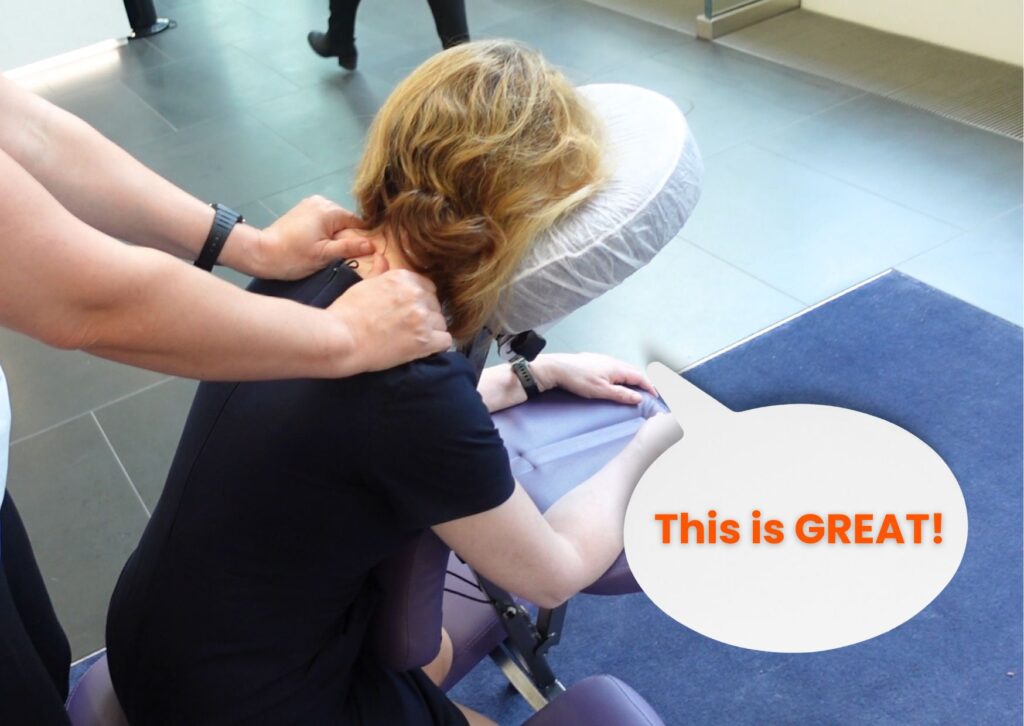
Creative Breaks
Creative breaks stimulate your mind in different ways, promoting problem-solving and innovative thinking.
They can vary in length depending on the activity.
Example: Engaging in a creative hobby, brainstorming sessions with colleagues.
Outdoor Breaks
Spending time in nature or simply stepping outside can rejuvenate your senses, provide fresh air, and a change of scenery.
Example: A short walk outside, sitting in a park.

Digital Detox Breaks
These breaks specifically focus on stepping away from digital devices to reduce eye strain and promote mindfulness.
Example: Reading a book, engaging in non-digital tasks.
Learning Breaks
Dedicated time to learn something new or develop a skill can also serve as a productive break, stimulating your brain in different ways.
Employee wellbeing workshops are a great way to learn new things and promote health and wellbeing at work.
Example: Reading articles, attending a workshop.

Understanding the different types of breaks can help you choose the right kind of break to meet your needs at different times of the day.
By integrating a variety of breaks into your workday, you can maintain high levels of productivity and well-being.
The Optimal Frequency and Duration of Breaks at Work
Finding the right balance between work and breaks can significantly impact productivity, job satisfaction, and overall wellbeing.
Here’s a look at how to optimise the frequency and duration of breaks to maximise the benefits:
Frequency of Breaks
Hourly Micro-Breaks
It’s advisable to take micro-breaks every hour to stretch, move around, or simply divert your attention from work for a few minutes.
Regular Short Breaks
Short breaks every 2-3 hours can help reset your focus and reduce fatigue.
Meal Breaks
Ensure to have at least one longer break for lunch to recharge for the rest of the day.
Research shows that getting up regularly can increase blood flow.
This can help reduce the associated health risks with sedentary behaviour.
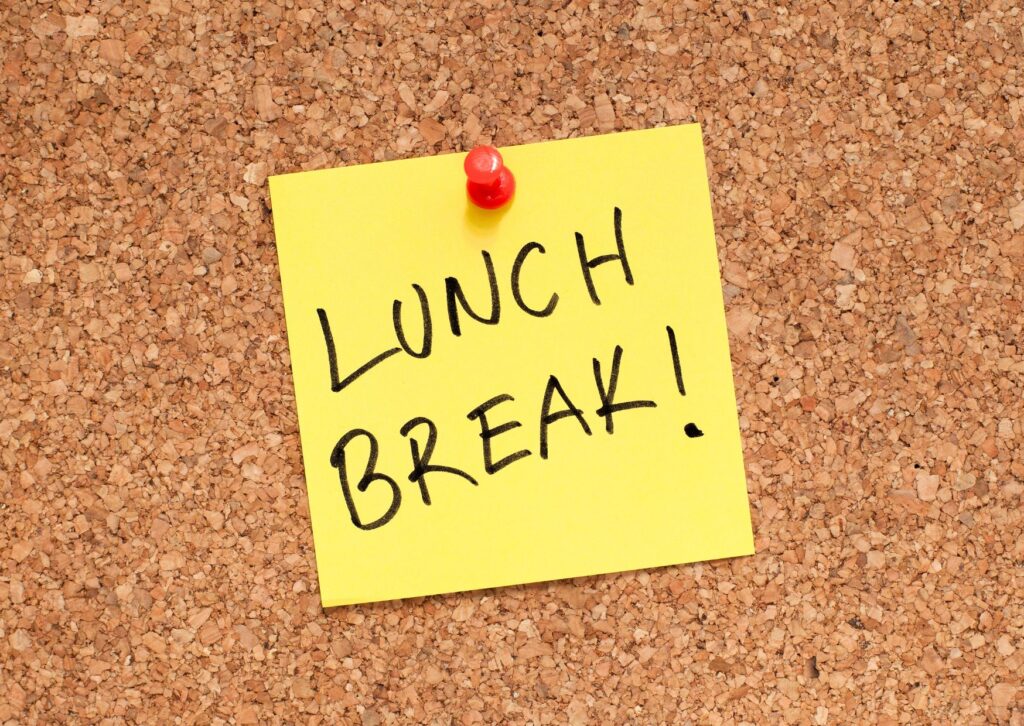
Duration of Breaks
Micro-Breaks
Lasting from 30 seconds to 5 minutes, these are quick pauses to shake off physical stiffness and mental fatigue.
Short Breaks
Ranging from 5 to 15 minutes, these breaks are excellent for a mental refresh.
Meal Breaks
A duration of 30 minutes to 1 hour is typical to enjoy a meal and relax.
Personalising Break Schedules
Assess Your Workload
The frequency and duration of breaks might need to be adjusted based on the workload and the nature of the tasks at hand.
Listen to Your Body
Pay attention to your body’s signals.
If you’re feeling fatigued, a short break might be necessary to continue working effectively.

Experiment and Adjust
Everyone’s ideal break schedule may differ.
It’s important to experiment and find what works best for you.
Utilising Break Reminder Tools
There are various tools and apps available that can remind you to take breaks at intervals.
Tools like EyeLeo, Workrave, or Stretchly can be configured to remind you to take breaks based on your preferences.
Adhering to Labour Laws and Company Policies
Be aware of the labour laws regarding break times in your region and adhere to your company’s break policy.
UK “breaks at work” laws state that employees must take a 20 minute break if they work longer than a 6 hour shift.
Naturally, we believe this isn’t sufficient for maintaining a healthy and fulfilling workday.

Encouraging a Break-friendly Culture
Employers can play a significant role in promoting a culture that values breaks as a means to enhance productivity and employee wellbeing.
Understanding the importance of breaks and optimising their frequency and duration is crucial.
This way, you can create a work routine that enhances productivity, reduces stress, and promotes a healthier work environment.
How to Implement Effective Break Strategies in Your Workspace
Implementing a break strategy in your workspace goes beyond instructing employees to take breaks.
It’s about creating a culture where breaks are seen as integral to maintaining high productivity and wellbeing.
Here’s how you can go about it:
Educate About the Benefits
Spread awareness among employees about the benefits of regular breaks for their productivity, mental, and physical health.
Employee health workshops or informational sessions can be helpful.
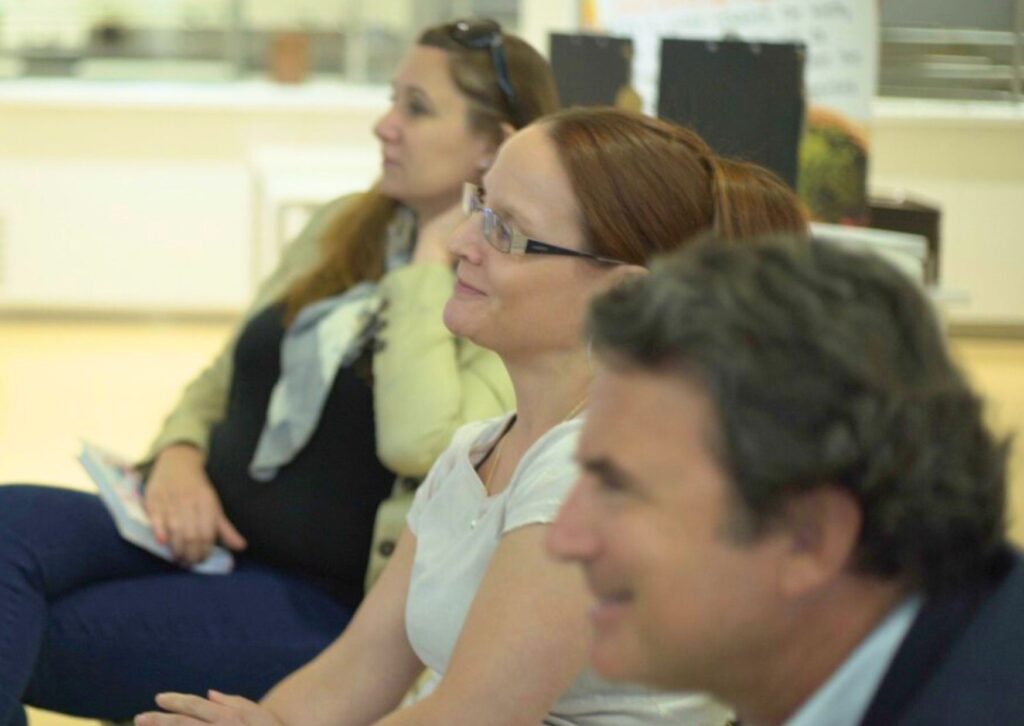
Set a Good Example
Leaders and managers should set a good example by taking regular breaks.
This will signal to employees that taking breaks is both acceptable and encouraged.
Provide Break Spaces
Create comfortable, relaxing break spaces where employees can truly unwind.
Providing a change of scenery can help refresh the mind.
Encourage Physical Activity
Promote the idea of stretching or walking during breaks.
Consider organising group walks or stretches to make it a communal activity.
Promote walking meetings where possible.

Offer Flexible Break Schedules
Allow employees the flexibility to take breaks when they feel the need, rather than enforcing a strict break schedule.
This caters to individual work rhythms.
Utilise Technology
Employ tools or apps that remind employees to take breaks.
This can be particularly helpful in busy work environments.
Promote Mindfulness and Relaxation
Offer mindfulness or relaxation sessions during break times.
Even short meditation sessions can help rejuvenate the mind.

Introduce a Variety of Break Activities
Offer a range of break activities so that employees can choose what suits them best, whether it’s reading, listening to music, or engaging in a hobby.
Seek Feedback
Obtain feedback from employees on how the break strategies are working and what could be improved.
This will also help in creating a break culture that meets the needs of all employees.
Regularly Review and Adjust Break Strategies
Monitor and gather feedback on the effectiveness of break strategies to understand their impact.
Adjust them based on changing workplace dynamics and new wellness insights to ensure they continue promoting productivity and wellbeing.

As we’ve navigated through the ins and outs of taking breaks at work, it’s clear that this simple yet impactful practice can support a thriving work environment.
The science is in, and the benefits are too compelling to ignore.
Whether it’s the quick micro-breaks to shake off the mental cobwebs or the longer, more indulgent lunch breaks, making time to step away from the grind is essential.
At Loving Life, we help companies support the health and wellbeing f employees with our employee wellbeing services.
For more info, get in touch!
Author
Tyler Lowe – Health & Wellbeing Speaker
BSc Sport & Exercise Rehabilitation


